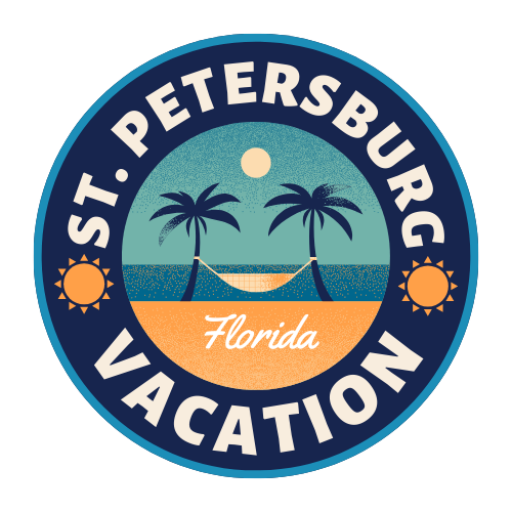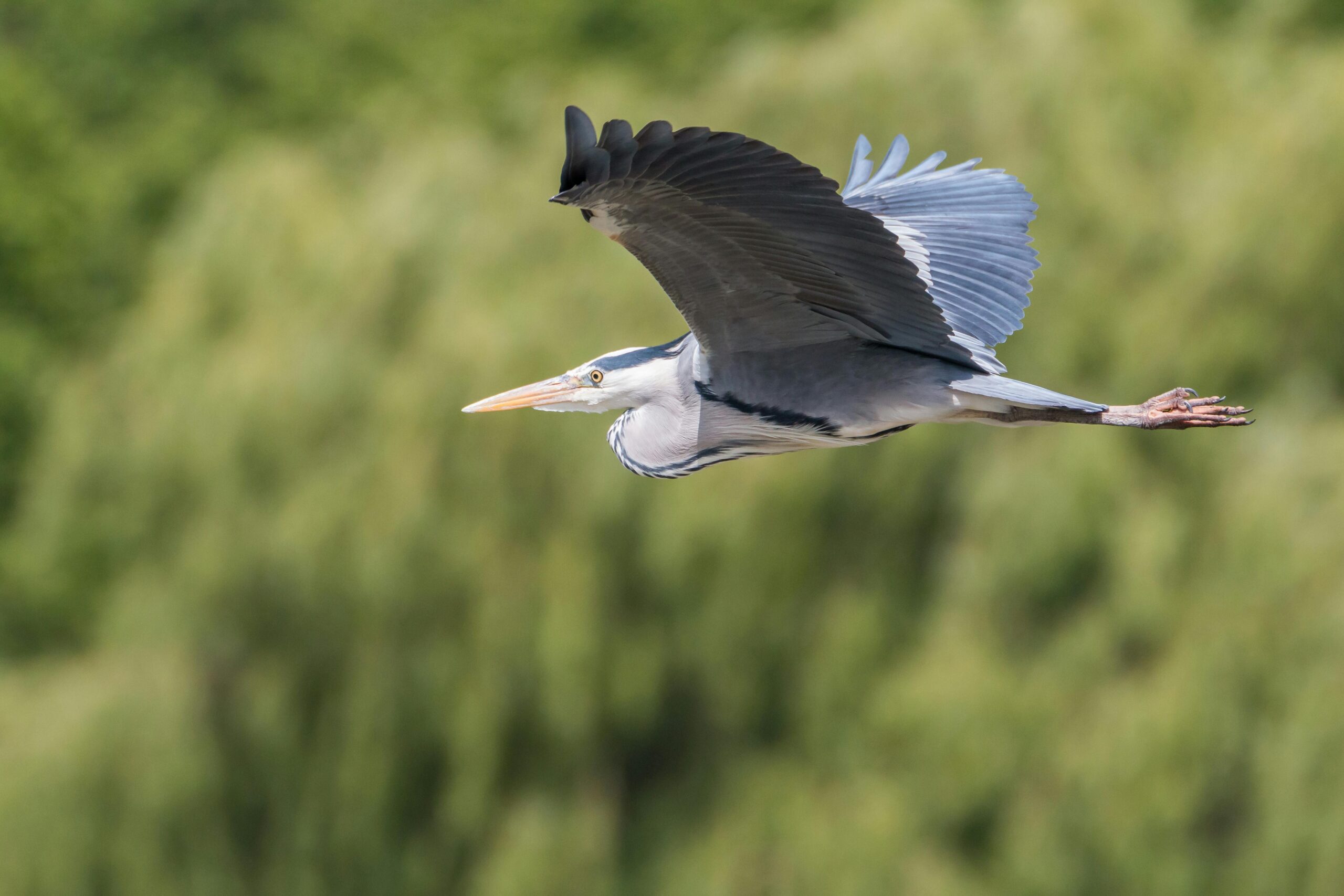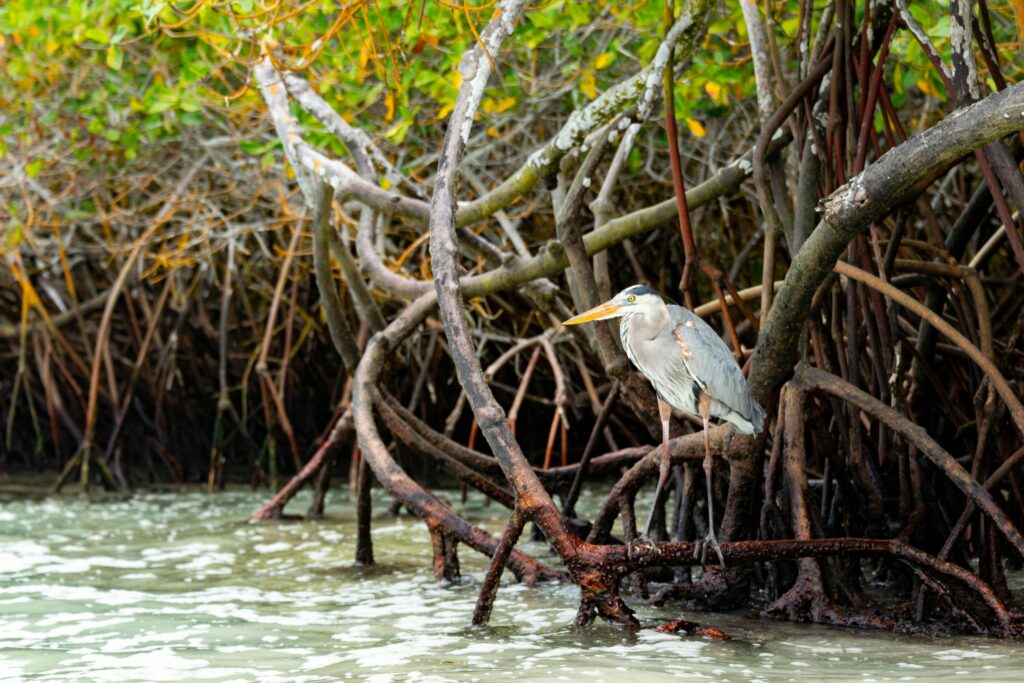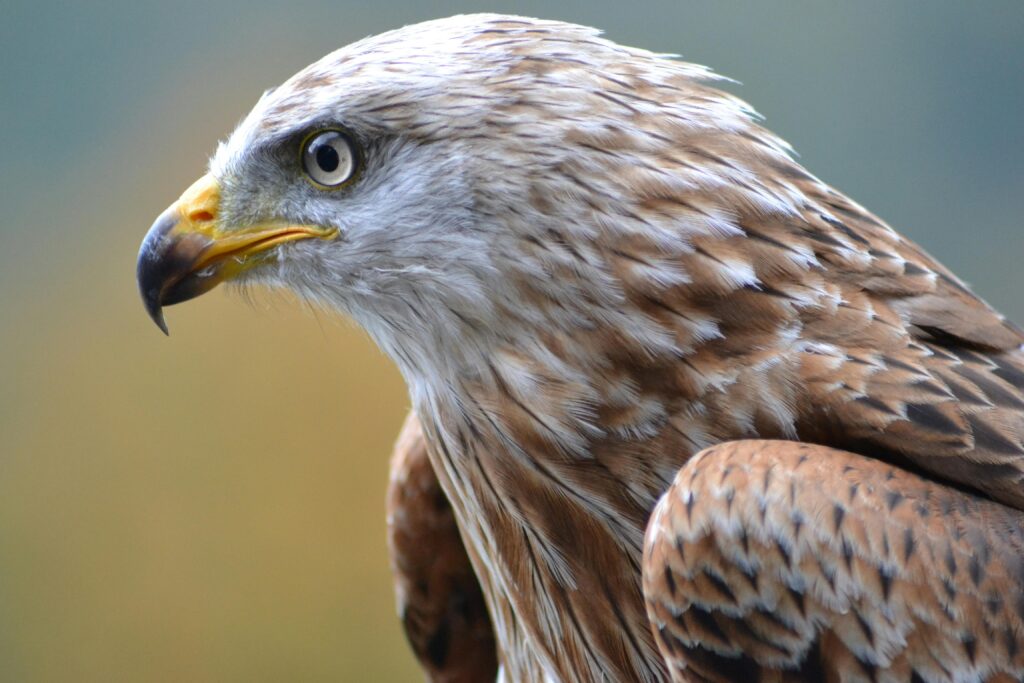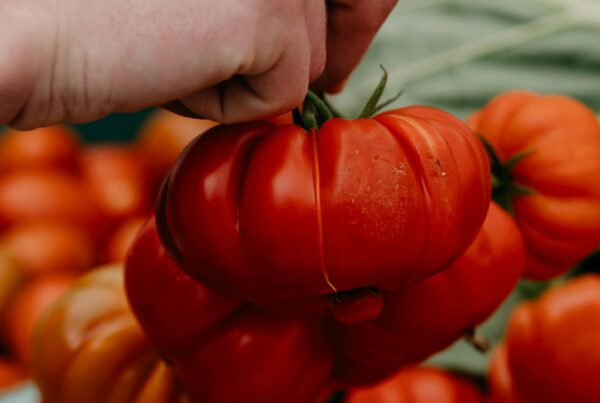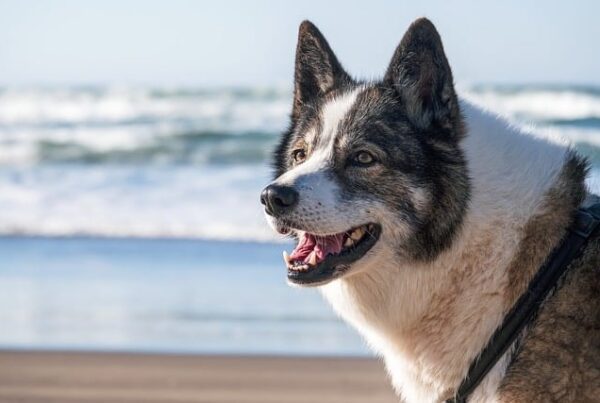Exploring the Great Florida Birding Trail
You can’t talk about birding in St. Petersburg without going straight into the The Great Florida Birding Trail. It is an impressive 2,000-mile self-guided trail featuring 489 sites, designed to promote birdwatching activities and the conservation of Florida’s natural habitats.
St. Pete/Clearwater’s trail sites are diverse, offering habitats for a variety of birds, making it one of the premier birding destinations in the southeastern United States.
Top Birdwatching Spots in St. Petersburg
Boyd Hill Nature Preserve
Nature lovers will certainly fall for Boyd Hill! It is a 245-acre preserve which is home to six miles of trails, including paved trails and boardwalks, that take you through hardwood hammocks, pine flatwoods, marshes, and swamps. The paved trails provide easy access and are perfect for walking, biking, and paddling, making the preserve accessible for all visitors.
Spot downy woodpeckers, ospreys, green herons, and eastern screech owls along the trails.
Rare species such as ash-throated flycatchers may also make an appearance.
Fort De Soto Park
Fort De Soto Park in the Tierra Verde area offers pristine beaches, boat launches, and trails for biking, hiking, and paddling.
The park is a Great Florida Birding Trail site with over 330 bird species documented. Among these, the great blue heron is one of the many bird species that can be observed in the park. Pinellas birders take great pride in Fort De Soto Park, celebrating it as a premier birding destination.
Tip: The visitor center has loaner binoculars. So stop by and grab a pair as well as a bird finding guide. Don’t forget to take photos.
Weedon Island Preserve
Weedon Island Preserve is a 3,190-acre natural area known for its rich birdlife. Visitors can spot species like ospreys, herons, and pelicans while exploring its boardwalks and trails.
Sawgrass Lake Park
This park features a mile-long boardwalk and a half-mile dirt trail through one of the largest maple swamps on Florida’s Gulf Coast, providing excellent birdwatching opportunities for species like wood storks and roseate spoonbills.
Clam Bayou Nature Park
A 170-acre preserve with a mix of mangroves, salt marshes, and upland areas, attracting wading birds, shorebirds, and songbirds. We have seen the great blue heron many times here. There is a paved trail that meanders through this park.
Lake Maggiore Park
Adjacent to Boyd Hill Nature Preserve, this park offers great views of waterfowl and wading birds. The lake and surrounding wetlands are frequented by various species, including herons, egrets, and ducks.
Shell Key Preserve
An undeveloped barrier island providing a critical sanctuary for nesting and migrating birds. It’s accessible by boat and offers opportunities to see a variety of shorebirds and seabirds.
Gulfport Veterans Park
Located along the waterfront in Gulfport, this park is a good spot to observe seabirds and shorebirds. The pier and adjacent beach areas are popular with birdwatchers.
War Veterans’ Memorial Park
Situated along Boca Ciega Bay, this park offers birdwatching opportunities in its wooded areas and along the shoreline, where you can see a variety of waterfowl and wading birds.
Sunken Gardens
A historic botanical garden in the heart of St. Petersburg, Sunken Gardens is home to a variety of birds, both native and exotic, making it a unique birdwatching spot.
Honeymoon Island State Park
A gorgeous barrier island with four miles of beaches, tidal flats, mangroves, and other rich wildlife habitats. County parks in the area are local treasures, offering premier birding destinations and interactive maps for birders. Birding Pinellas highlights the county’s parks and eBird hotspots as premier destinations for finding resident species and migratory fly-ins.
Brooker Creek Preserve
If you didn’t know already, this is St. Pete and Clearwater’s largest natural area! It is, as you can imagine, a top-ranking birding and wildlife viewing destination.
Tips for Birdwatching in St Petersburg
Best Times to Go Birdwatching
St. Petersburg, Florida, offers excellent birdwatching opportunities throughout the year, thanks to its diverse habitats and rich avian population. However, certain times of the year provide unique birdwatching experiences that shouldn’t be missed.
Fall and Winter (September to February): Visit during fall and winter for the best birdwatching experience, as many migratory birds are only seen during these seasons. During these months, the cooler weather and abundance of food attract a wide variety of bird species. You can expect to see:
- Migratory Songbirds: Species such as warblers, thrushes, and vireos pass through during fall migration, adding vibrant colors and melodious songs to the local birdlife.
- Waterfowl: Ducks, geese, and other waterfowl migrate to the area, making lakes and coastal waters prime spots for observation.
- Raptors: Birds of prey like hawks, falcons, and eagles are more active, taking advantage of the influx of smaller birds and mammals.
- Wading Birds: Herons, egrets, and ibises gather in wetlands, providing excellent opportunities for spotting and photographing these elegant birds.
Spring (March to May): Spring is another fantastic time for birdwatching, as migratory birds return north, stopping in St. Petersburg to rest and refuel. The spring migration is often marked by:
- Breeding Behavior: Birds are more vocal and visible as they establish territories and attract mates.
- Nesting: Look for nests and young birds, particularly in areas like Fort De Soto Park and Boyd Hill Nature Preserve.
- Colorful Plumage: Many species display their brightest and most striking plumage during the breeding season.
Summer (June to August): Don’t miss out on the beach-nesting birds in summer! While the heat can be intense, summer offers unique birdwatching opportunities:
- Beach-nesting Birds: Species such as terns, skimmers, and plovers nest on the sandy shores of St. Petersburg. Look for protected nesting sites and observe these birds as they care for their chicks.
- Resident Birds: Local species like mockingbirds, cardinals, and woodpeckers are active and easier to spot during the summer months.
- Shorebirds: Many shorebirds remain along the coast, providing excellent viewing opportunities, especially during low tide when they forage along the shoreline.
Regardless of the season, early morning and late afternoon are generally the best times of day for birdwatching. Birds are most active during these cooler parts of the day, and the lighting is ideal for observation and photography. Be sure to bring binoculars, a field guide, and plenty of water, and take advantage of the many birdwatching hotspots that St. Pete has to offer.
Essential Gear and Resources
To fully enjoy and maximize your birdwatching experience in St. Pete, having the right gear and resources is crucial. Here are some essential items and tips to help you make the most of your birding adventures:
Binoculars: A good pair of binoculars is indispensable for birdwatching. They allow you to see birds up close and in detail without disturbing them. Look for binoculars with a magnification of 8x or 10x and a wide field of view for the best results.
Field Guide: A comprehensive field guide is essential for identifying bird species. Choose one that covers the birds of Florida or the southeastern United States. Check out the “Sibley Field Guide to Birds of Eastern North America” and the “National Geographic Field Guide to the Birds of North America.”
Spotting Scope: For distant birds or those in open areas like beaches and wetlands, a spotting scope can be very helpful. It provides greater magnification than binoculars and allows for detailed observation of bird behavior and plumage.
Camera: A camera with a good zoom lens is a great addition for capturing the beauty of the birds you observe. Many birdwatchers enjoy photographing birds to document their sightings and share their experiences with others.
Notebook and Pen: Keeping a birding journal helps you record your observations, including species, locations, behaviors, and dates. This can be valuable for tracking your birding progress and noting patterns over time.
Appropriate Clothing: Wear comfortable, weather-appropriate clothing and sturdy footwear. Neutral or earth-tone colors are best, as they help you blend into the surroundings and avoid startling the birds. Don’t forget a hat, sunglasses, and sunscreen to protect yourself from the sun.
Insect Repellent: Many birdwatching spots in St. Petersburg are near water or in wooded areas, where mosquitoes and other insects can be a nuisance. Bring insect repellent to ensure a more comfortable experience.
Water and Snacks: Stay hydrated and energized by bringing water and snacks, especially if you plan to be out for several hours. Birdwatching can be a physically demanding activity, and it’s important to take care of yourself during the hot Florida weather.
Apps and Online Resources: Leverage technology to enhance your birdwatching. Smartphone apps like Merlin Bird ID, eBird, and Audubon Bird Guide can help you identify birds, log your sightings, and find nearby birding hotspots.
Great Florida Birding Trail Website: Check out the Great Florida Birding Trail website for more information on birding hotspots and resources. This comprehensive guide provides maps, tips, and descriptions of birdwatching sites throughout Florida, including many in the St. Petersburg area.
Local Birding Groups and Guided Tours: Joining a local Pinellas County birding group or participating in a guided tour can greatly enhance your birdwatching experience. Groups like the St. Petersburg Audubon Society offer regular birding trips, workshops, and events that provide opportunities to learn from experienced birders and discover new locations. Guided tours often include expert insights into the area’s bird species and habitats, making them invaluable for both beginners and seasoned birders.
By equipping yourself with these essential items and resources, you’ll be well-prepared to explore the diverse birdlife of St. Petersburg, Florida and enjoy a rewarding birdwatching experience.

